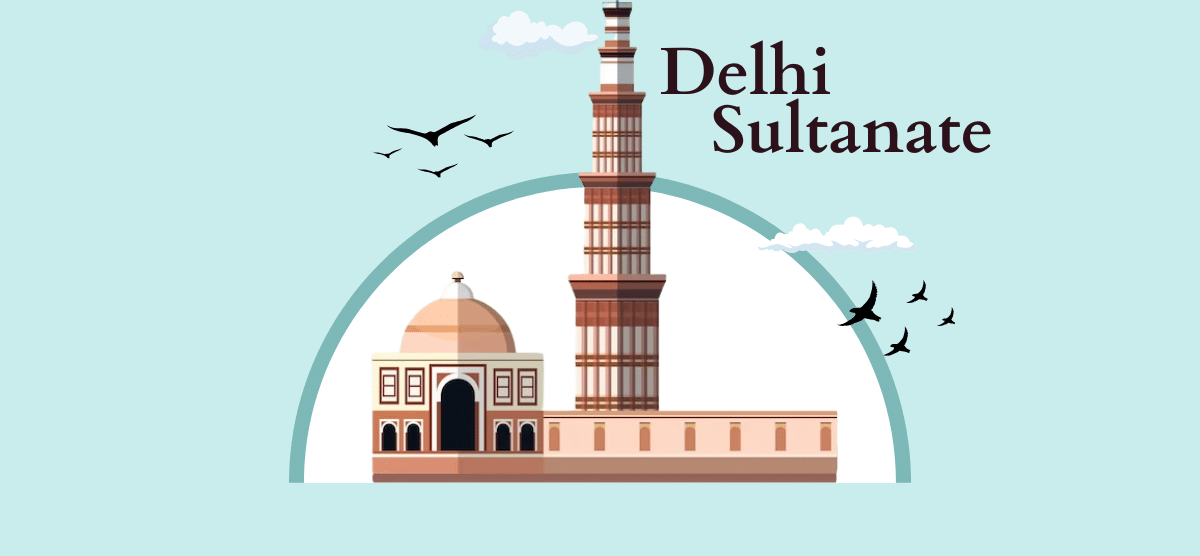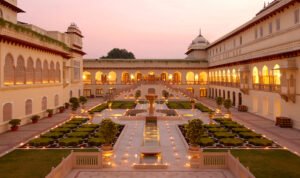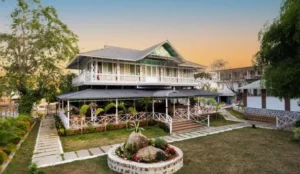The Delhi Sultanate marks a significant chapter in India’s medieval history. Stretching from the early 13th century to the early 16th century, this era witnessed the establishment of Islamic rule in northern India and the blending of Indo-Islamic cultures in architecture, governance, and society.
Historical Overview
The Delhi Sultanate began in 1206 CE when Qutb-ud-din Aibak, a former slave and general of Muhammad Ghori, declared independence and became the first Sultan of Delhi. It lasted until 1526 CE, ending with the establishment of the Mughal Empire by Babur.
The Sultanate was ruled by five different dynasties, each contributing to India’s political and cultural landscape:

Mamluk (Slave) Dynasty
(1206–1290)
Khilji Dynasty
(1290–1320)
Tughlaq Dynasty
(1320–1414)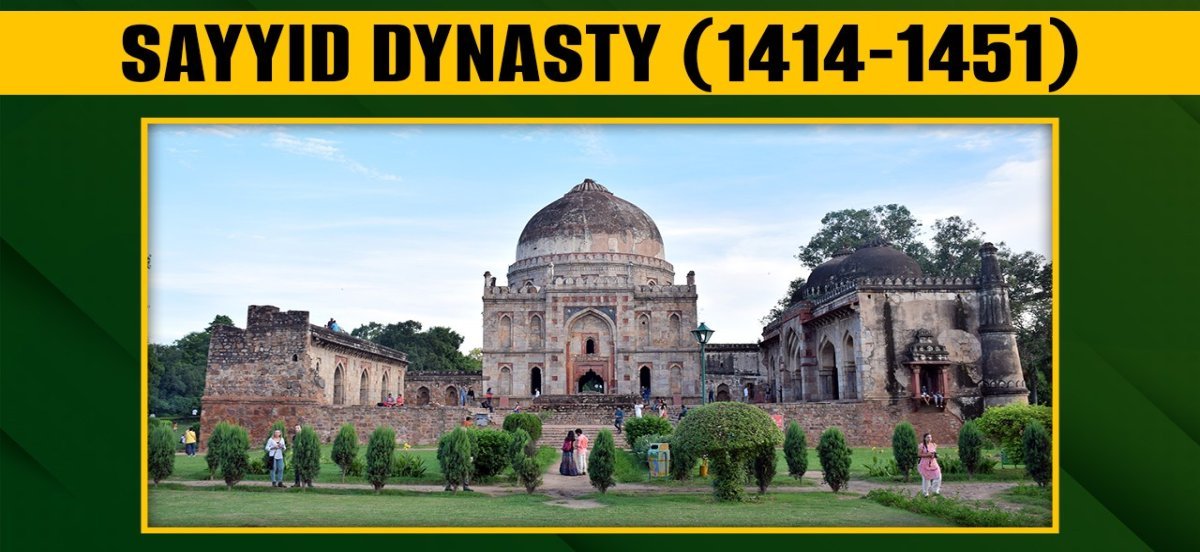
Sayyid Dynasty
(1414–1451)
Lodi Dynasty
(1451–1526)Key Contributions and Features
1. Centralized Administration
The Sultans established a strong centralized government with the capital in Delhi.
They introduced systems like iqta (land grants in return for military service) and a well-organized military administration.
2. Architectural Achievements
Indo-Islamic architecture flourished, blending Persian, Turkish, and Indian styles.
Qutub Minar, Alai Darwaza, and Tughlaqabad Fort are iconic structures from this period.
3. Cultural Synthesis
Persian language became the court language.
The Delhi Sultanate encouraged art, music, and literature, and saw the spread of Sufism which played a key role in social harmony.
4. Military Expansion
The Khilji and Tughlaq rulers expanded the empire into southern India.
Rulers like Alauddin Khilji were known for their military strategies and market reforms.
Prominent Rulers

Qutb-ud-din Aibak
Founder of the Mamluk Dynasty.
Iltutmish
Strengthened the Sultanate and introduced administrative reforms.
Razia Sultana
First and only woman ruler of Delhi.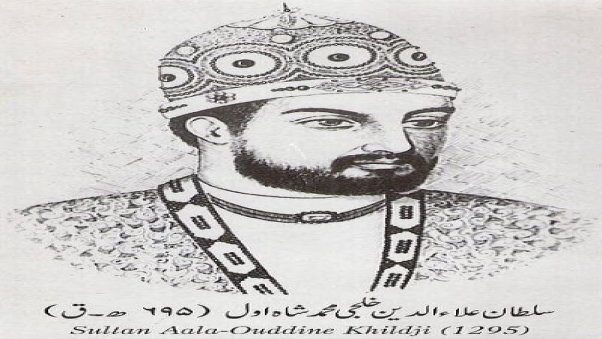
Alauddin Khilji
Known for military conquests and economic reforms.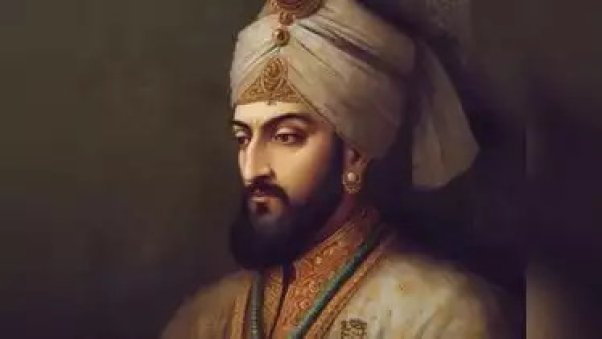
Muhammad bin Tughlaq
Known for ambitious projects, including shifting the capital.
Sikandar Lodi
Patron of art and architecture; established Agra.Decline of the Sultanate
By the early 16th century, internal conflicts, weak successors, and invasions (notably by Timur in 1398) weakened the Sultanate. The final blow came in 1526 CE when Babur defeated Ibrahim Lodi in the First Battle of Panipat, marking the beginning of the Mughal Empire.
Legacy of the Delhi Sultanate
The Delhi Sultanate left a lasting impact on Indian society:
Introduced new administrative practices.
Fostered a fusion of Indian and Islamic cultures.
Laid the groundwork for the later Mughal administrative system.

